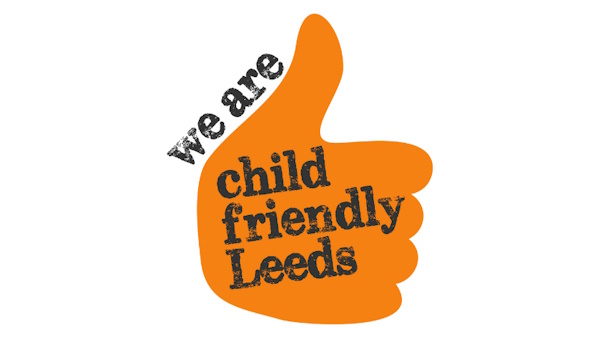What is professional curiosity and why it is important
Professional curiosity is where a practitioner explores and proactively tries to understand what is happening within a family or for an individual, rather than making assumptions or taking a single source of information and accepting it at face value. An example of where practitioners were seen to have taken information at face value was in the case of Daniel Pelka.
It means:
- testing out professional assumptions about different types of families
- considering information from different sources to gain a better understanding of family functioning, which, in turn, helps to make predictions about what is likely to happen in the future
- seeing past the obvious
- questioning what is observed
It is a combination of looking, listening, asking direct questions, checking out and reflecting on all of the information received.
Professional curiosity is a recurring theme within safeguarding reviews, highlighting the need to fully understand a family’s situation. Therefore, professional curiosity is important, as it enables a practitioner to have a holistic view and understanding of what is happening within a family and what life is like for an individual and use this information to fully assess potential risks. Being professionally curious enables practitioners to challenge parents/carers in order to understand a child or young person’s vulnerability or risk while maintaining an objective, professional and supportive approach.
How practitioners can be professionally curious
Here are some considerations when seeking to be professionally curious:
- as practitioners, you should not presume to know what is happening in the family home and should ask questions and seek clarity if you are not certain
- don't be afraid to ask questions of families, and do so in an open way, so they know that you are asking to ensure that children are safe, not to judge or criticise
- look to use the Rethink Formulation Model as a framework for asking questions and exploring the issues you are curious about
- think about using tools to understand the daily lived experience of the child, such as A Day in the Life (adapted from the work of Jan Horwath)
- be open to the unexpected, and incorporate information that does not support your initial assumptions into your assessment of what life is like for an individual
- seek clarity, either from the family or other professionals
- be open to having your own assumptions, views and interpretations challenged, and be open to challenging others
- consider what you see as well as what you’re told. Are there any visual clues as to what life is like, or which don’t correlate with the information you already hold?
Use supervision as an opportunity to explore cases and exercise professional curiosity, for example by:
- playing ‘devil’s advocate’
- presenting alternative hypotheses
- presenting cases from the child, young person, adult or another family member’s perspectives
How to be professionally curious in virtual settings
When engaging with children, young people, and families through virtual or online platforms, exercising professional curiosity can be more challenging. The ability to observe behaviours, physical conditions, and environmental factors may be limited. Additionally, it can be difficult to assess whether an individual is alone, able to speak freely, or experiencing coercion. Therefore, you should consider how to incorporate professional curiosity when seeing people virtually. This may require a creative approach, such as asking whether the conversation can be overheard during a phone call.
By asking a person if they can talk openly (closed question), this should give you an indication of whether there is the potential for guarded answers to your questions. By establishing this at the very beginning, you can reduce the pressure on the person you are speaking to. You may wish to agree a code word between you and the person you are talking to so you can quickly establish on further meetings whether that person can talk safely and openly. During video calls, consider the following:
Is there anything about what you are seeing that prompts questions or makes you feel uneasy or concerned?
- What is the body language telling you?
- Are you observing behaviour that is indicative of abuse or neglect?
- Does what you are seeing support or contradict what you are being told?
The key elements of professional curiosity should not be forgotten when working virtually, including questioning what you see and hear, not taking things at face value and the use of supervision to explore and test out your hypotheses.
Potential barriers to professional curiosity
Being professionally curious is not always easy. There may be barriers to this, including those from practitioners themselves, such as:
- over optimism
- making assumptions
- lacking the confidence or assertiveness to ask sensitive questions
- unconscious bias
Barriers may also be presented by people we work with, such as not wishing to answer questions, questioning a practitioner's intentions and what some organisations call disguised compliance. The Safeguarding Network summarises this as:
- focusing on one particular issue
- being critical of professionals
- failing to engage with services
- avoiding contact with professionals
It is essential to identify any potential barriers and work with the child, young person or family to overcome these. If barriers arise from the individual or family, adopting a restorative approach is key. Clearly explaining the purpose behind your questions or requests for clarification helps build trust and ensures they understand that the goal is to support their well-being and safety.
Look to utilise the Leeds Practice Principles to support your restorative approach and to help you identify systemic barriers. If a practitioner feels that they have tried a restorative approach and barriers with the family remain, they should consider discussing this in supervision with their line manager or with their designated safeguarding lead.
Printable version
